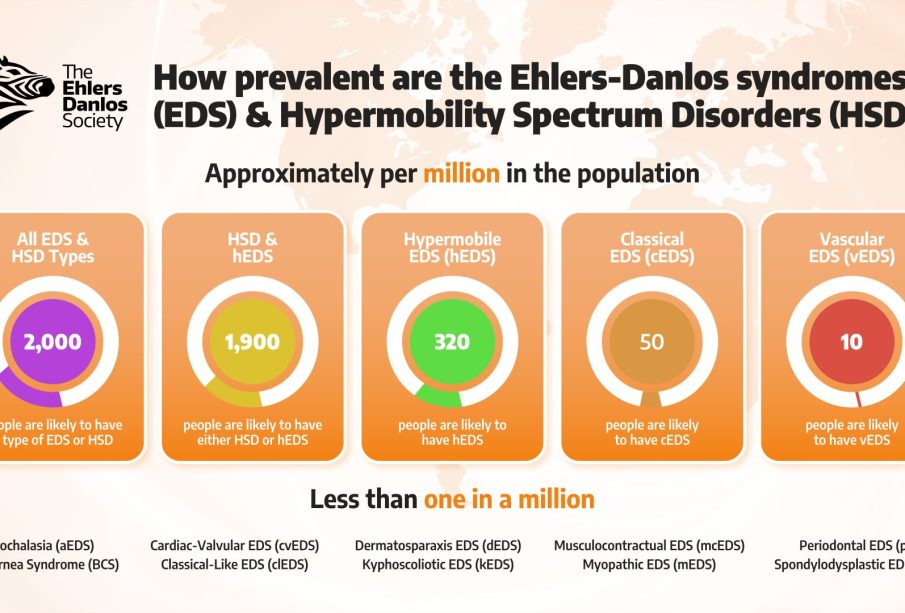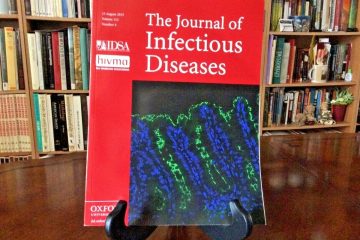A Comprehensive Guide to Ehlers-Danlos Syndrome

Introduction
Ehlers-Danlos Syndrome (EDS) is a group of inherited disorders that affect the body’s connective tissues, which include skin, ligaments, blood vessels, and internal organs. The syndrome is characterised by hypermobility, skin that is easily bruised, and extreme flexibility of the joints. Understanding EDS is crucial not only for those affected by it but also for healthcare professionals who encounter patients with these complex symptoms. With the recent rise in awareness and improved diagnostic techniques, there is a growing body of research dedicated to better understanding EDS and providing appropriate care.
Types and Symptoms
There are several types of EDS, with the most common being the Hypermobile type (hEDS) and the Classical type (cEDS). While each variant presents unique challenges, they share some common symptoms. These can include:
- Joint hypermobility and dislocations
- Skin that is soft, velvety, and easily bruised
- Chronic pain and fatigue
- Gastrointestinal problems
- Cardiovascular issues, including a risk of arterial rupture
Patients often experience a wide range of symptoms that can vary in severity and significantly impact their daily lives.
Diagnosis and Management
The diagnosis of Ehlers-Danlos Syndrome can be challenging due to its overlapping symptoms with other disorders. Medical professionals often rely on a detailed medical history, family history, and clinical examination. Genetic testing can also confirm the diagnosis in certain cases. Notably, there is no cure for EDS; however, management strategies can help alleviate symptoms. These may include:
- Physical therapy to strengthen muscles around joints
- Education on joint protection techniques
- Pain management strategies, including medication
- Healthy lifestyle choices, such as balanced nutrition and regular, low-impact exercise
Recent advancements also focus on developing targeted therapies and improving diagnostic criteria, leading to better patient outcomes.
Conclusion
Ehlers-Danlos Syndrome is a complex condition that requires a multidisciplinary approach for effective management. Increased awareness and understanding of EDS are essential for early diagnosis and intervention, which can greatly improve the quality of life for individuals affected by this syndrome. As research continues to evolve, there is hope for more comprehensive treatment options and better support systems for those living with EDS. Readers are encouraged to seek medical advice if they suspect they or someone they know has symptoms associated with this condition.








